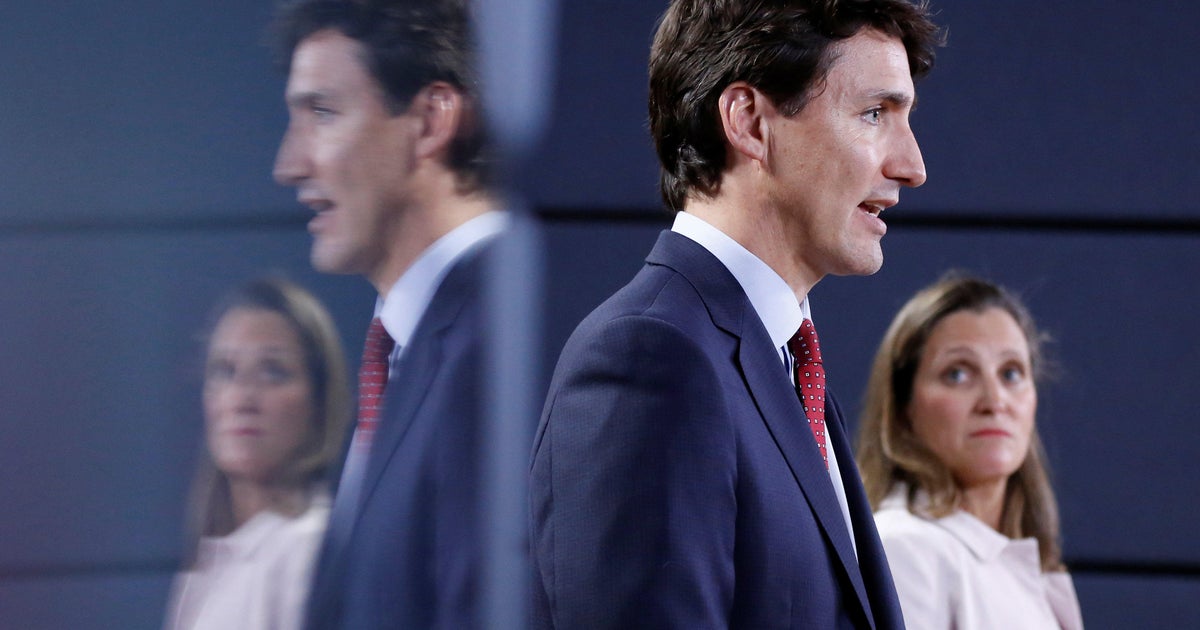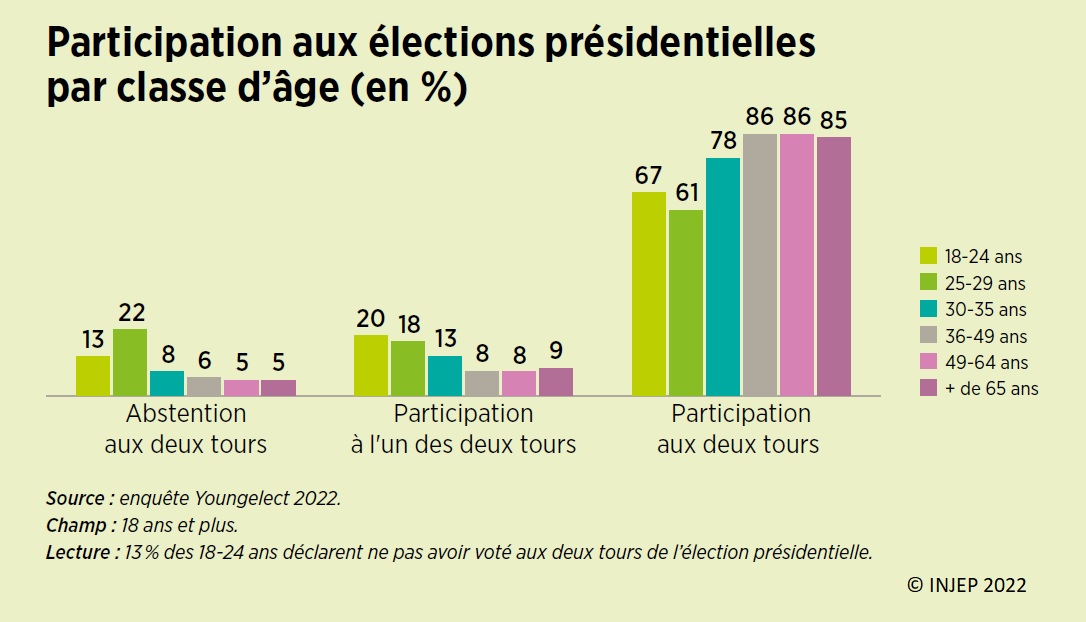Did Trump Tariffs Influence The Bank Of Canada's April Interest Rate Decision?

Table of Contents
The Impact of Trump Tariffs on the Canadian Economy
The Canada-US trade relationship is profoundly significant for both nations. The close proximity, extensive trade agreements (like the now-replaced NAFTA), and deeply integrated supply chains mean that any disruption to this relationship has major consequences.
Trade Relations between Canada and the US
- Bilateral trade volume: The US is Canada's largest trading partner, with billions of dollars exchanged annually in goods and services. Disruptions to this trade directly affect both economies.
- Key sectors affected by tariffs: Trump-era tariffs disproportionately affected specific Canadian sectors, including lumber and aluminum. These tariffs led to retaliatory measures from Canada, further complicating the situation.
- Trade disputes and retaliatory measures: The imposition of tariffs often led to tit-for-tat actions, creating uncertainty and volatility in the market. This back-and-forth significantly impacted Canadian businesses operating in these sectors.
Economic Ripple Effects of Tariffs
The economic impact of these tariffs extended beyond specific industries.
- Increased costs: Tariffs increased input costs for businesses, leading to higher prices for consumers and reducing overall purchasing power.
- Supply chain disruptions: The imposition of tariffs disrupted established supply chains, forcing businesses to find alternative sources, which often came with increased costs and delays.
- Impact on specific industries: Industries heavily reliant on trade with the US, like manufacturing and agriculture, faced significant challenges due to decreased demand and increased production costs.
- Changes in investment patterns: The uncertainty created by the trade disputes may have also led to a shift in investment patterns, as businesses reconsidered their expansion plans or diverted investment to less vulnerable sectors.
The Bank of Canada's Mandate and Monetary Policy Considerations
The Bank of Canada's primary mandate is to maintain price stability and promote sustainable economic growth. To achieve this, they utilize monetary policy tools, most notably setting interest rates.
The Bank of Canada's Objectives
The Bank of Canada’s primary objective is to keep inflation at its 2% target. This involves balancing economic growth with price stability. Deviations from this target necessitate adjustments to monetary policy.
Factors Influencing Interest Rate Decisions
The Bank of Canada's interest rate decisions are complex and multifaceted, taking into consideration a variety of economic indicators. These include:
- Inflation levels and forecasts: Current inflation rates and predictions of future inflation are crucial factors in determining interest rate changes.
- Unemployment rate: The unemployment rate provides insights into the health of the labor market and overall economic activity.
- Economic growth: GDP growth figures offer a broad picture of the economy's performance.
- Exchange rate fluctuations: The value of the Canadian dollar against other currencies, particularly the US dollar, affects both exports and imports.
- Global economic conditions: International events and global economic trends are also considered in the Bank of Canada's decision-making process.
Analyzing the April Interest Rate Decision in Relation to Trump Tariffs
To fully understand the influence of the Trump tariffs, we need to closely examine the Bank of Canada's April interest rate decision.
The Bank of Canada's Statement
The Bank of Canada's April statement [insert link to the actual statement here] should be analyzed for any direct or indirect mention of the trade disputes and their impact on their decision. Direct quotes from the statement regarding inflation, growth, and other relevant economic indicators will be crucial in this analysis.
Evidence of Tariff Influence (or Lack Thereof)
Did the Bank of Canada explicitly mention the Trump tariffs in its statement? If not, did the statement implicitly acknowledge their impact on economic indicators like inflation or growth? Expert analysis and economic data from that period are necessary to support any claims of influence.
Alternative Explanations for the Rate Decision
Even if the tariffs played a role, it's essential to consider other factors that could have influenced the Bank of Canada's decision. For example, global economic uncertainty, changes in domestic consumer spending, or other international trade developments unrelated to the US could have contributed to the decision.
Conclusion: Did Trump Tariffs Influence the Bank of Canada's April Interest Rate Decision? A Summary
Analyzing the impact of the Trump tariffs on the Bank of Canada's April interest rate decision requires a nuanced approach. While the tariffs undeniably affected the Canadian economy, directly linking them to the specific interest rate decision requires thorough analysis of the Bank of Canada's statement and consideration of other influential economic factors. Further research is needed to fully determine the extent of their influence.
The complex interplay between global trade policies and central bank decisions highlights the interconnected nature of the modern global economy. Understanding this relationship is crucial for investors, businesses, and policymakers alike.
To stay informed about the impact of trade policies on central bank decisions, continue following the Bank of Canada's reports and statements. Further research into the "impact of tariffs on central bank decisions" and similar keywords can provide a deeper understanding of this crucial economic relationship.

Featured Posts
-
 Is This Christina Aguilera Fans Question Heavily Edited Photos
May 03, 2025
Is This Christina Aguilera Fans Question Heavily Edited Photos
May 03, 2025 -
 Milwaukees Tight Rental Market What Renters Need To Know
May 03, 2025
Milwaukees Tight Rental Market What Renters Need To Know
May 03, 2025 -
 Condemnation Of Russian Aggression Swiss Presidents Call For Peace In Ukraine
May 03, 2025
Condemnation Of Russian Aggression Swiss Presidents Call For Peace In Ukraine
May 03, 2025 -
 Smart Ring Technology Addressing Infidelity Concerns
May 03, 2025
Smart Ring Technology Addressing Infidelity Concerns
May 03, 2025 -
 Impact De La Reforme De La Loi Sur Les Partis En Algerie Le Point De Vue Du Pt Ffs Rcd Et Jil Jadid
May 03, 2025
Impact De La Reforme De La Loi Sur Les Partis En Algerie Le Point De Vue Du Pt Ffs Rcd Et Jil Jadid
May 03, 2025
